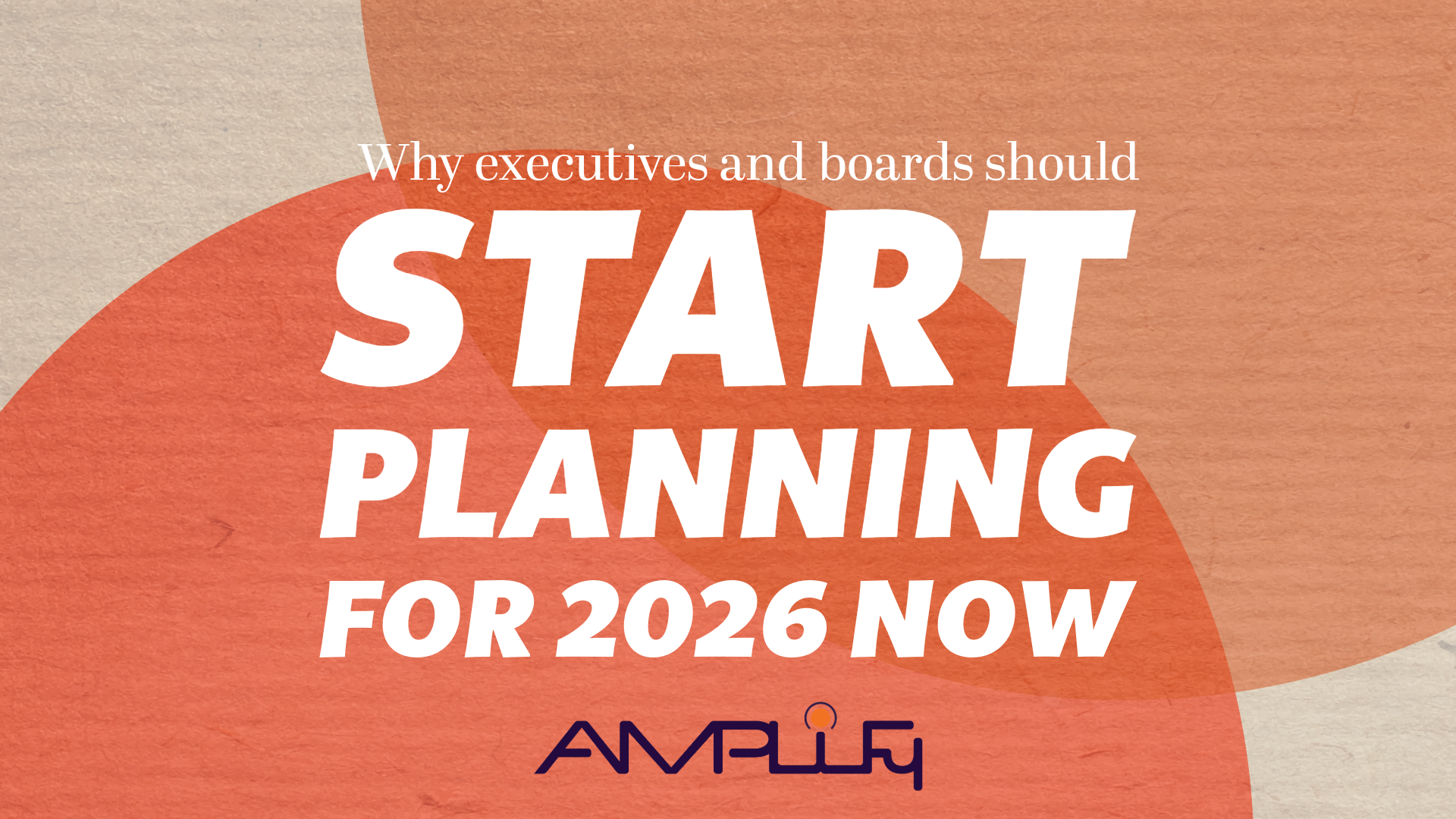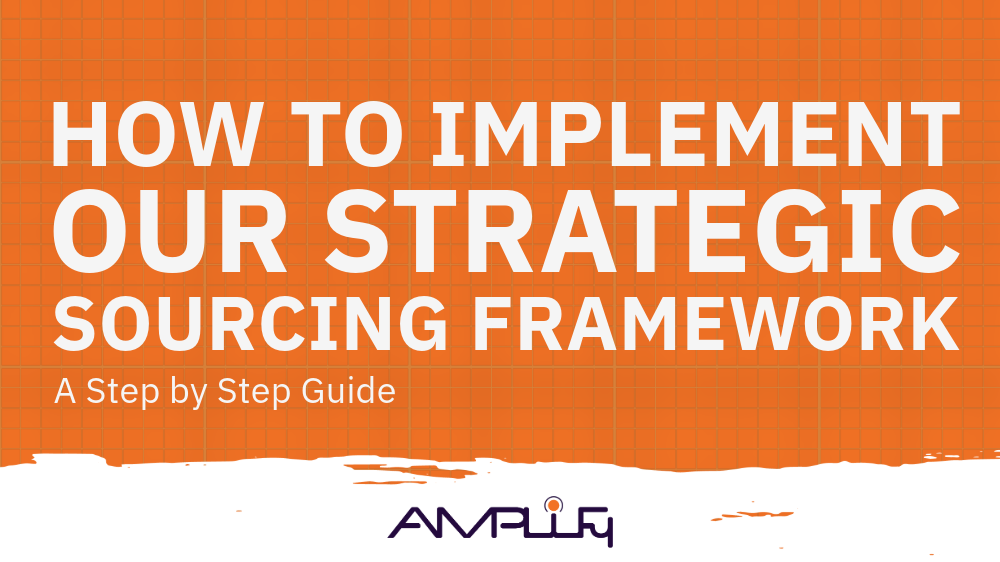Identifying Superstar Recruits: Why Automation Isn’t the Solution
by Michael Grasso
Although you may think that recruitment and automation software promises easy access to the people you need to succeed, we believe it’s time to take a step back. After all, didn’t you hear that AI can take the place of firms that simply shoot a pile of top candidates’ résumés over in the mail, sans context. Still; a year later, you may find your computer-picked candidate floundering in the culture of your organization, struggling to understand your needs.
How do you prevent this? Well, let’s take a close look at why you need a recruiter.
Recruitment 101: The Breakdown
First up: the traditional tactics. Let’s say that you’re starting on a project where you need a rockstar virtual assistant to record data. You reach out to a third party after putting together a job spec — one where you make it clear that you need someone like Anna, who’s insanely organized, put-together, and adept at juggling time zone differences. And, her email inbox is essentially spotless – which is no easy feat.
The third-party, an outside recruitment firm run by a boss named Brandon, will take a look at the résumé example you send over and start matching keywords to the job description. Project management. Check. Microsoft Office knowledge. Check. Detail-oriented. Check. The only issue here is that Brandon knows nothing about the internal workings of your company: how it operates, what the culture is like, or how his candidate will fit into the daily grind of the job. His duties end once he tosses three, four, or five résumés your way and bids you sayonara.
Now, before you freak out and think — “What?!? Then why on earth do I need a recruiter? I could just sort through the résumés myself and save my team the money!” — There’s a second type of recruiting that you don’t want to scoff at.
Choose A Partner
Instead of picking a traditional recruitment firm that gives you nothing more than a handful of résumés, recruitment partners want to see you succeed, solve problems, and achieve your goals. They figure out the playing field and know your niche, meaning that they have the chops to decide who’s the right fit for your needs.
They’re the ones who will survive when the first waves of the automation apocalypse wash over traditional recruitment firms, who are too tired to swim against the tide. While the résumé shooters desperately tread water to avoid being replaced, the partner firms are focused on doing what they’ve always done — helping you find the best person possible. They’re the ones safe in submarines, meticulously scoping out the best fit for your organization and culture.
All in all, if you’re wondering whether to let AI handle your recruiting, we’d say — hold off on the fancy computation. Recruitment is an art, not an algorithm. Find a partner!
Recent Posts


Recent Posts




